After reading Liz’s Meet the Member story, I did some research about allotments. It’s difficult to grasp that more than 20,000 bombs fell on London destroying 60% of houses in the city during World War II. Resilient folks, like Liz’s father, grew vegetables for their families in the very place where a bomb had exploded.
Allotment gardens began in World War I, and after only 21 years of peace, were called into action again. The Atlantic was patrolled by enemy u-boats to stop importation to the island nation of Great Britain which relied on imports for more than half of the country's food. Rationing and food shortages once again became the norm. People throughout the country were urged to plant vegetables in bombed out areas, school yards, roof tops, and empty lots. Both Buckingham Palace and Windsor Castle had vegetable gardens planted at the instigation of King George VI to assist with food production. Hyde Park was plowed and allotments growing onions in the shadow of the Albert Memorial Hall showed that people from all walks of life were aiding in the national struggle. By 1943, a million and an a half allotments were created in urban and suburban plots.
In our country, Victory Gardens were planted during both world wars as well. Before social networking, the gardening movement was spread by word of mouth through numerous garden clubs, civic associations and chambers of commerce. Commercial crops were diverted to the military overseas while transportation was redirected towards moving troops and munitions instead of food. At its peak, there were 20 million gardens – one for every seven citizens. By 1944, 40% of all the vegetables grown in the U.S. came from home gardens. Imagine how that changed the landscape.
Communal gardens were planted in parks and vacant lots and baseball fields. Sites for these gardens included the White House lawn, San Francisco’s Golden Gate Park, the Portland Zoo, and Boston’s Fenway Victory Gardens. The Fenway location is still active today and one that I have visited. The gardens cover an impressive seven acres in the heart of Boston’s Fenway neighborhood and have 500 individual garden plots. There is a long wait list for those plots. It’s worth a visit if you’re ever going to a Red Sox game. Arrive early and check out the Fenway Victory Gardens.
Another resurgence of Victory Gardens began last Spring. It only took one trip to the grocery store to face never-before-seen empty shelves to give folks the idea to grow their own vegetables. The previous month, in March, 2020, Burpee sold more seeds than in any other time in its 144-year history. It didn’t take GGC President Elise Kendall and President Emeritus Kristina Burgard long to recognize the need and put together a tutorial on “Starting a Victory Garden.” They presented it on April 16th via that new fangled meeting software called Zoom. Their presentation packed with great information and can still be accessed at: https://www.granthamgardenclub.org/starting-a-victory-garden.html
The whole idea of allotments and victory gardens makes so much sense to keep people going in times of war and disease. In addition to the practical aspect of providing people with nutritious food, there is also the spiritual connection with the land. Digging in dirt and helping plants grow is good for the soul.
Allotment gardens began in World War I, and after only 21 years of peace, were called into action again. The Atlantic was patrolled by enemy u-boats to stop importation to the island nation of Great Britain which relied on imports for more than half of the country's food. Rationing and food shortages once again became the norm. People throughout the country were urged to plant vegetables in bombed out areas, school yards, roof tops, and empty lots. Both Buckingham Palace and Windsor Castle had vegetable gardens planted at the instigation of King George VI to assist with food production. Hyde Park was plowed and allotments growing onions in the shadow of the Albert Memorial Hall showed that people from all walks of life were aiding in the national struggle. By 1943, a million and an a half allotments were created in urban and suburban plots.
In our country, Victory Gardens were planted during both world wars as well. Before social networking, the gardening movement was spread by word of mouth through numerous garden clubs, civic associations and chambers of commerce. Commercial crops were diverted to the military overseas while transportation was redirected towards moving troops and munitions instead of food. At its peak, there were 20 million gardens – one for every seven citizens. By 1944, 40% of all the vegetables grown in the U.S. came from home gardens. Imagine how that changed the landscape.
Communal gardens were planted in parks and vacant lots and baseball fields. Sites for these gardens included the White House lawn, San Francisco’s Golden Gate Park, the Portland Zoo, and Boston’s Fenway Victory Gardens. The Fenway location is still active today and one that I have visited. The gardens cover an impressive seven acres in the heart of Boston’s Fenway neighborhood and have 500 individual garden plots. There is a long wait list for those plots. It’s worth a visit if you’re ever going to a Red Sox game. Arrive early and check out the Fenway Victory Gardens.
Another resurgence of Victory Gardens began last Spring. It only took one trip to the grocery store to face never-before-seen empty shelves to give folks the idea to grow their own vegetables. The previous month, in March, 2020, Burpee sold more seeds than in any other time in its 144-year history. It didn’t take GGC President Elise Kendall and President Emeritus Kristina Burgard long to recognize the need and put together a tutorial on “Starting a Victory Garden.” They presented it on April 16th via that new fangled meeting software called Zoom. Their presentation packed with great information and can still be accessed at: https://www.granthamgardenclub.org/starting-a-victory-garden.html
The whole idea of allotments and victory gardens makes so much sense to keep people going in times of war and disease. In addition to the practical aspect of providing people with nutritious food, there is also the spiritual connection with the land. Digging in dirt and helping plants grow is good for the soul.

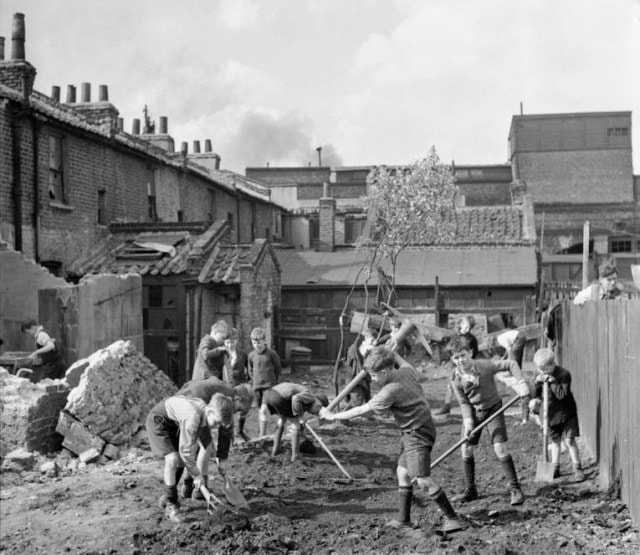
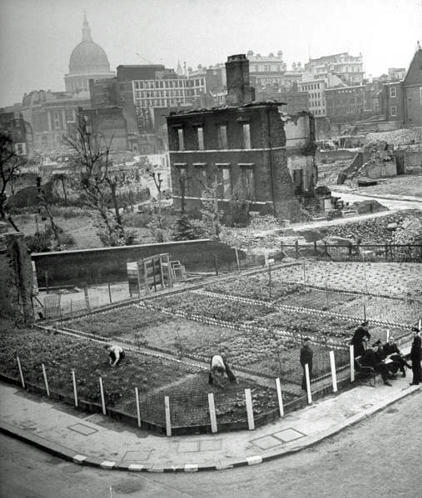
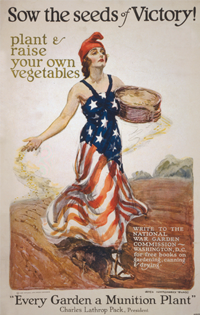
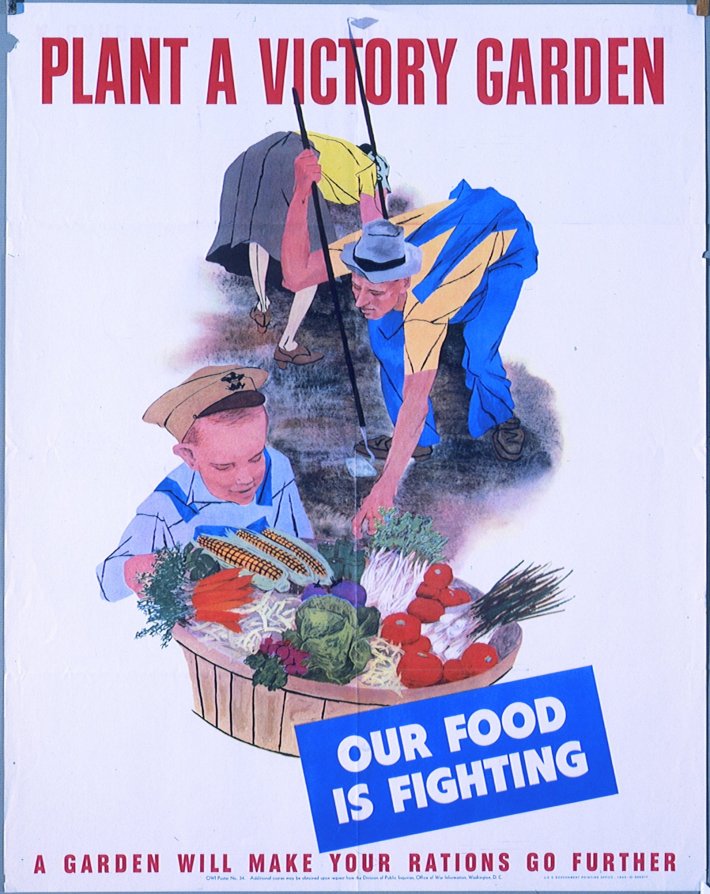
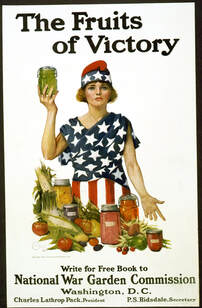
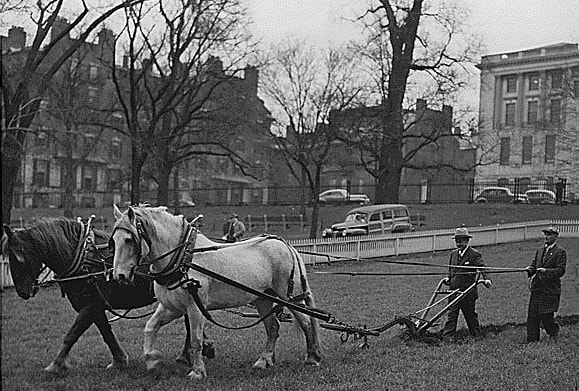
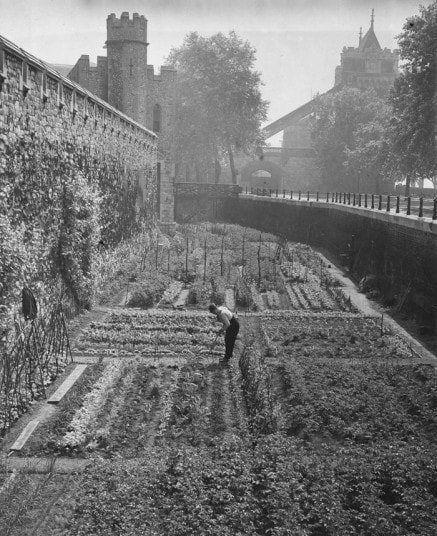
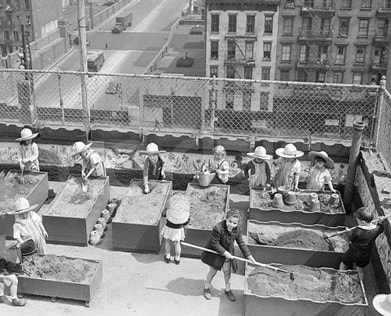
 RSS Feed
RSS Feed